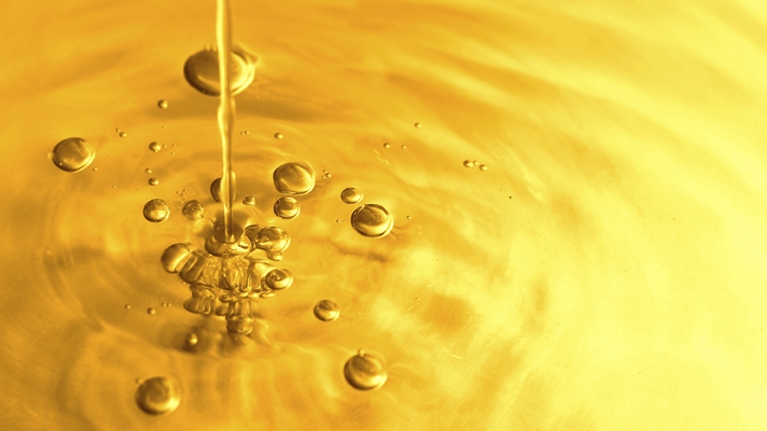
Lubricants for modern gas engines should be designed to offer maximum performance from three different standpoints: useful life of the oil, protection of the engine and efficiency.
Designing the right oil means managing to achieve the optimum balance between additives and base oil, whilst taking the specific requirements of the engine manufacturers into account.
The perfect adaptation of each and every of the characteristics and properties of the lubricant are determining factors for ensuring mechanical integrity and being able to obtain maximum profitability from the engines.
Gas motor lubricants must have the following characteristics and properties:
| Desired property | Desired product characteristic | Determining component of the oil lubricant |
|---|---|---|
| Lubrication and sealing |
|
|
| Long duration of the engine components |
|
|
| Cleanliness of the engine |
|
|
| Oil duration |
|
|
| Compatibility with catalytic converters |
|
|
The main functions that oil used in a gas engines should perform are the following:
Control of oxidation and nitration
The high temperatures experienced by gas engines promote the formation of nitrous oxides. When they react with oil they cause the following:
- Increase the viscosity caused by oil polymerisation
- Corrosive wear caused by acid products, mainly nitric acid
- The formation of lacquers and deposits in the engine, mainly in liners and pistons
- Blockage of the filter due to the presence of sludge and insoluble material (oxidation compounds)
Therefore, oils need a base that is highly stable against oxidation, combined with chemical products (additives) that optimise their resistance to oxidation/nitration.
Reduction of the friction and wear
The gas engines used in industrial applications often work with constant load and speed levels, which guarantees thorough hydrodynamic lubrication during almost the entirety of their operational time. For this reason, the level of performance in regard to wear is not as high as when there are continuous stops and starts or a variation in load.
The recoil of the valves is generally a problem in gas engines, so the oil must provide an appropriate level of protection for the valves. Biogases, particularly landfill gas, can contain significant amounts of aggressive elements that cause corrosive and abrasive wear.
Prevention of corrosion and oxidation
Gas engine oils should impede corrosion and the formation of oxidation, especially when the engine functions with landfill gas, gas obtained from sewage or other more corrosive gases.
These gases can contain high levels of halogenated hydrocarbons, organic acids and sulphuric compounds that can form strong acids and cause corrosion. It is important not only to use oils with a higher TBN, but also oils with the correct chemical composition to neutralise the various types of acidic species.
Cleanliness of the engine
The oil used in gas engines must contain appropriate levels of dispersants to maintain the soiling and the suspended oxidation products as well as preventing adherence to the rings and the formation of sludge and deposits in the engine, especially when using “wet” or “sour” gases.



